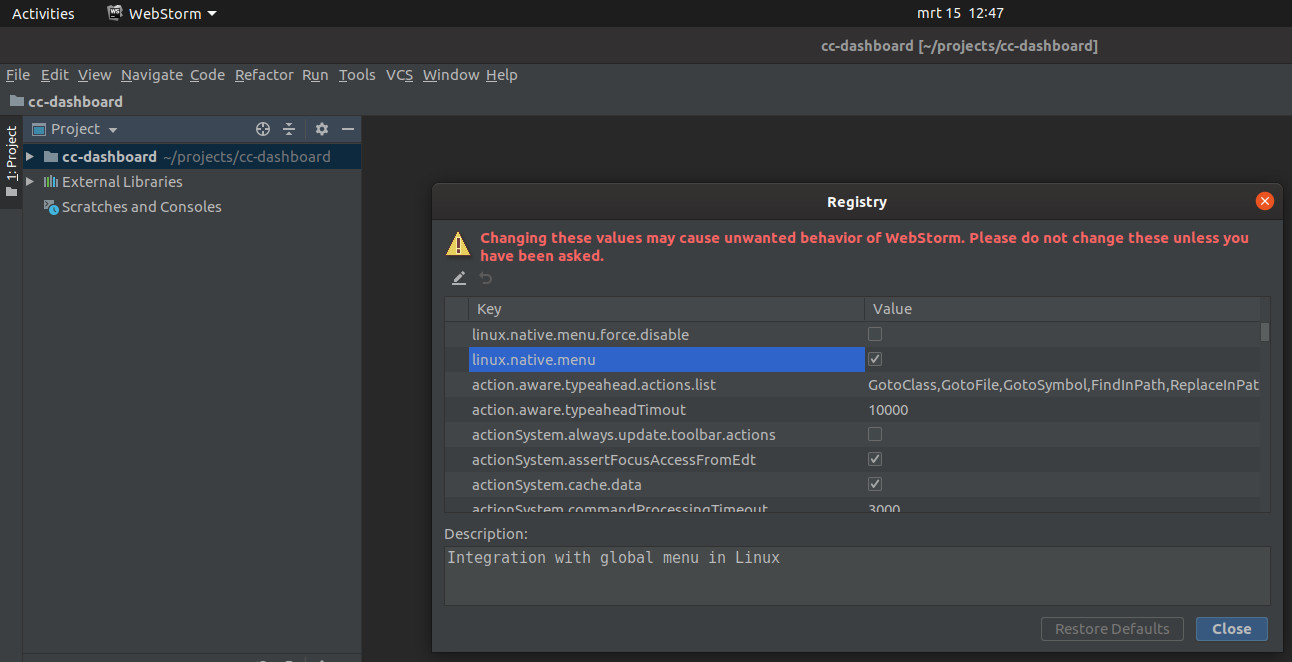appsettings.Development.json
{
"DetailedErrors": true,
"Logging": {
"LogLevel": {
"Default": "Information",
"Microsoft.AspNetCore": "Warning",
"Microsoft.Hosting.Lifetime": "Information",
"Microsoft.EntityFrameworkCore.Database.Command": "Information"
}
}
}
Database access
using var context = new MyContext();
return await context.MyEntities.ToListAsync();
if (Loading)
{
return;
}
try
{
Loading = true;
...
}
finally
{
Loading = false;
}
New DbContext instances
builder.Services.AddDbContextFactory<ContactContext>(opt =>
opt.UseSqlite($"Data Source={nameof(ContactContext.ContactsDb)}.db"));
private async Task DeleteContactAsync()
{
using var context = DbFactory.CreateDbContext();
Filters.Loading = true;
if (Wrapper is not null && context.Contacts is not null)
{
var contact = await context.Contacts
.FirstAsync(c => c.Id == Wrapper.DeleteRequestId);
if (contact is not null)
{
context.Contacts?.Remove(contact);
await context.SaveChangesAsync();
}
}
Filters.Loading = false;
await ReloadAsync();
}
Scope to the component lifetime
@implements IDisposable
@inject IDbContextFactory<ContactContext> DbFactory
public void Dispose()
{
Context?.Dispose();
}
protected override async Task OnInitializedAsync()
{
Busy = true;
try
{
Context = DbFactory.CreateDbContext();
if (Context is not null && Context.Contacts is not null)
{
var contact = await Context.Contacts.SingleOrDefaultAsync(c => c.Id == ContactId);
if (contact is not null)
{
Contact = contact;
}
}
}
finally
{
Busy = false;
}
await base.OnInitializedAsync();
}
References
https://docs.microsoft.com/en-us/aspnet/core/blazor/blazor-server-ef-core?view=aspnetcore-6.0
